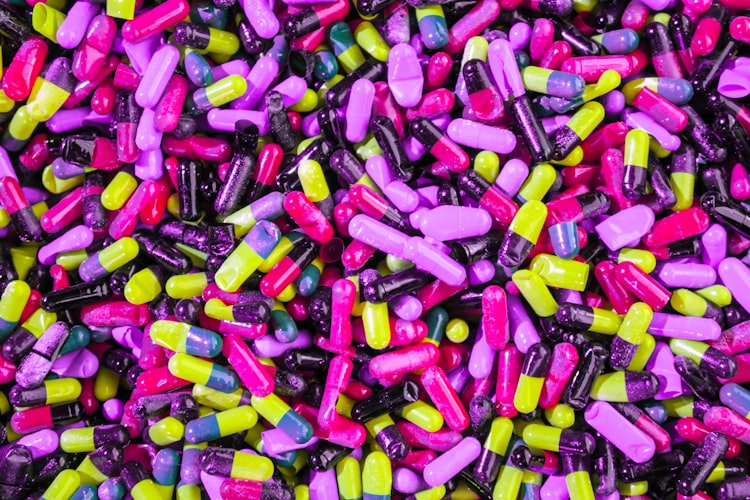Can artificial intelligence increase tuberculosis drug development?
It’s no secret that there is a shortage of tuberculosis drug development. To combat this issue, researchers at the University of Michigan designed a predicative software tool for drug candidates that can serve as an effective treatment. The tool is referred to as ‘INDIGO’ short for INferring Drug Interactions using chemoGenomics and Orthology.
Tuberculosis is the world’s most fatal bacterial infection killing roughly 1.8 million people annually.
Learn more about tuberculosis, the world’s deadliest bacterial infection:
“This could replace our traditional trial-and-error system for drug development that is comparatively slow and expensive,” said Sriram Chandrasekaran, U-M assistant professor of biomedical engineering, who leads the research.
INDIGO has shown that tuberculosis drugs (Bedaquiline, Clofazimine, Rifampicin, Clarithromycin) can be potent when paired with antipsychotics like ‘thioridazine’ or antimalarials drugs, for example ‘P218’.
The findings of the study were published in mBio.
“This tool can accurately predict the activity of drug combinations, including synergy—where the activity of the combination is greater than the sum of the individual drugs,” said Shuyi Ma, a research scientist at the University of Washington and a first author of the study. “It also accurately predicts antagonism between drugs, where the activity of the combination is lesser. In addition, it also identifies the genes that control these drug responses.”
“Successful combinations identified by INDIGO, when tested in a lab setting, showed synergy 88.8% of the time,” Chandrasekaran said.
Source: Science Daily









